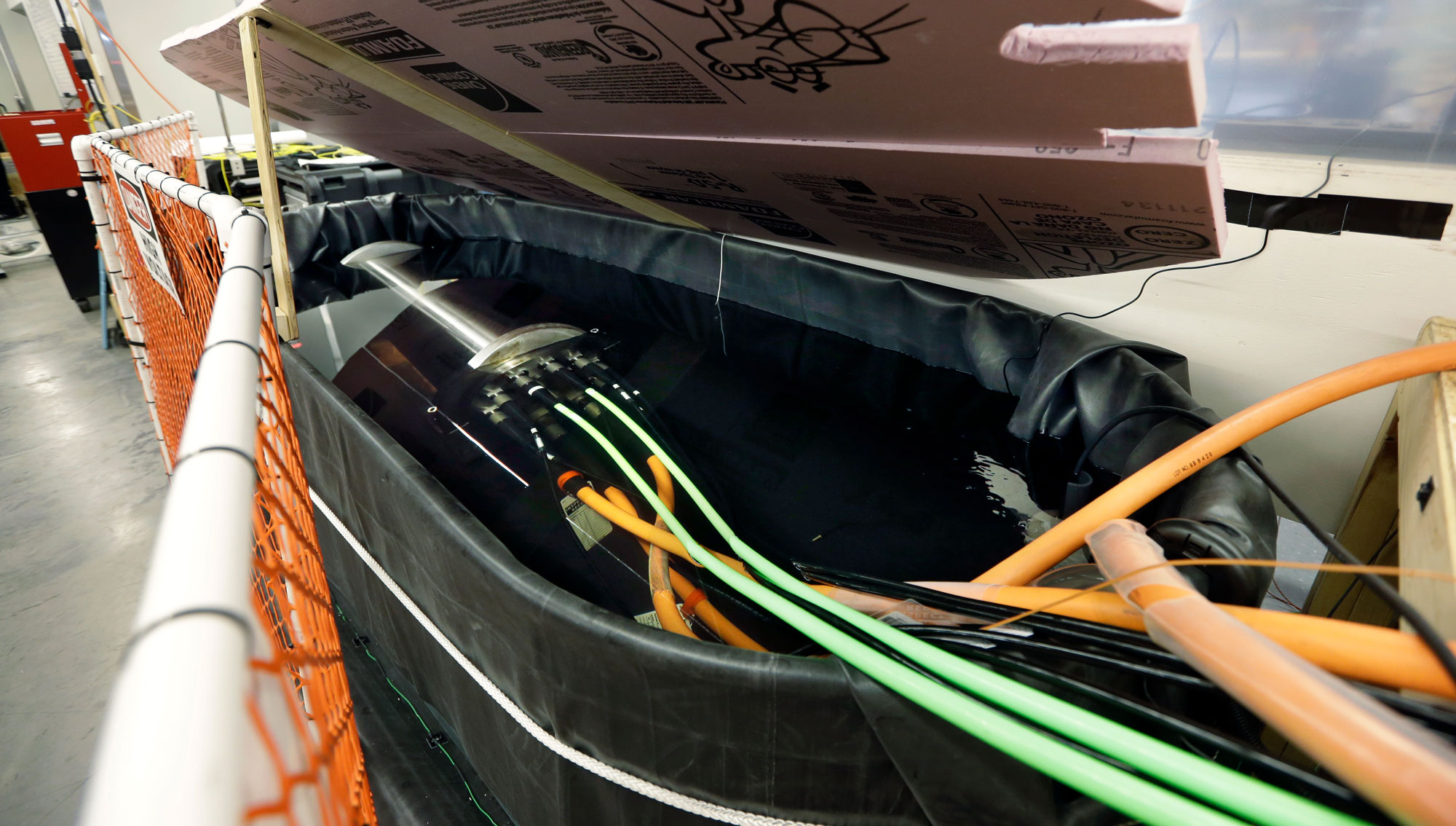Underwater fiber-optic cables have spotted unknown faults in the ocean floor

The big idea: The same fiber-optic cables we use to get online are being repurposed to detect earthquakes and study the ocean floor. The technique has been used to find a previously unknown cluster of faults off the coast of California, according to a new study published in Science.
How they did it: The researchers temporarily turned 20 kilometers of undersea fiber-optic cable into the equivalent of 10,000 seismic stations along the ocean floor. They used a technique known as distributed acoustic sensing, in which short pulses of light are sent down the cable, and the backscattering created as the cable moves and stretches is analyzed. This method let the team get a better idea of the topography of the surrounding earth, and any seismic activity. Researchers usually observe the ocean floor using expensive conventional seismometers, but this method is cheaper and potentially more practical, as it repurposes existing infrastructure.
The results: During a four-day experiment in Monterey Bay, the researchers recorded a 3.5 magnitude quake from an underwater fault zone which had occurred 45 kilometers away and used the seismic waves from it to discover a new underwater fault system. The system also successfully detected storm waves, all of which matched measurements taken by buoys and on land.
Next steps: So-called dark fiber cables, ones that are no longer being used by internet firms, could be repurposed to study the sea floor in this way, and look for earthquake danger zones or even likely sources of useful minerals and other resources. But if they’re to piggyback on existing fiber-optic cables, scientists need to show they can ping laser pulses down them without disrupting the transfer of data.
Sign up here to our daily newsletter The Download to get your dose of the latest must-read news from the world of emerging tech.
Deep Dive
Computing
Inside the hunt for new physics at the world’s largest particle collider
The Large Hadron Collider hasn’t seen any new particles since the discovery of the Higgs boson in 2012. Here’s what researchers are trying to do about it.
How ASML took over the chipmaking chessboard
MIT Technology Review sat down with outgoing CTO Martin van den Brink to talk about the company’s rise to dominance and the life and death of Moore’s Law.
How Wi-Fi sensing became usable tech
After a decade of obscurity, the technology is being used to track people’s movements.
Algorithms are everywhere
Three new books warn against turning into the person the algorithm thinks you are.
Stay connected
Get the latest updates from
MIT Technology Review
Discover special offers, top stories, upcoming events, and more.